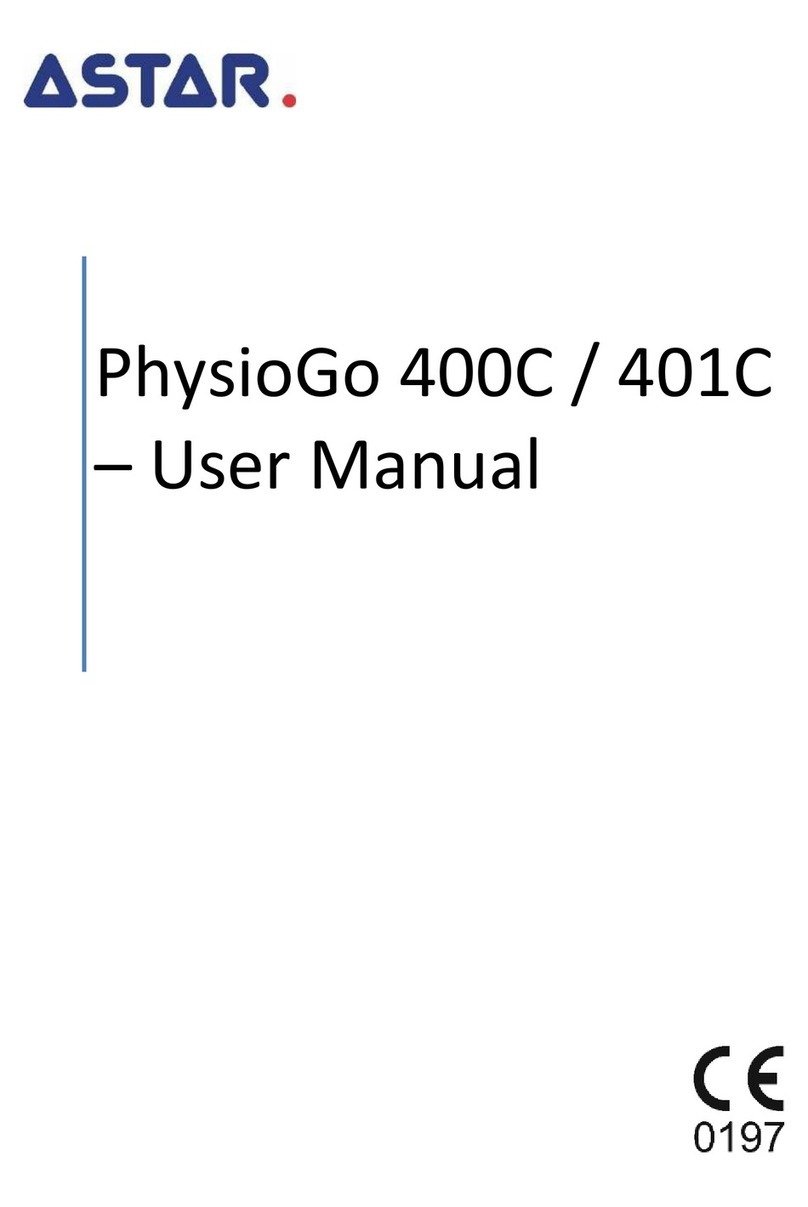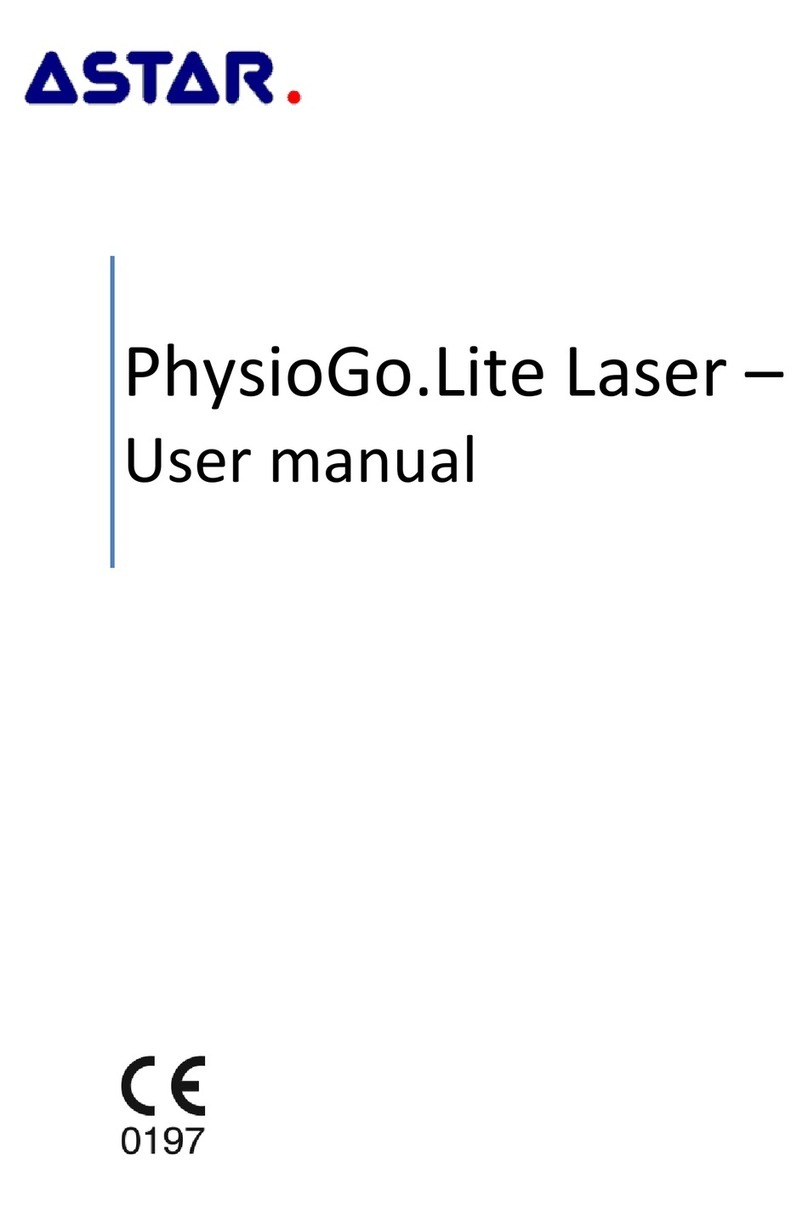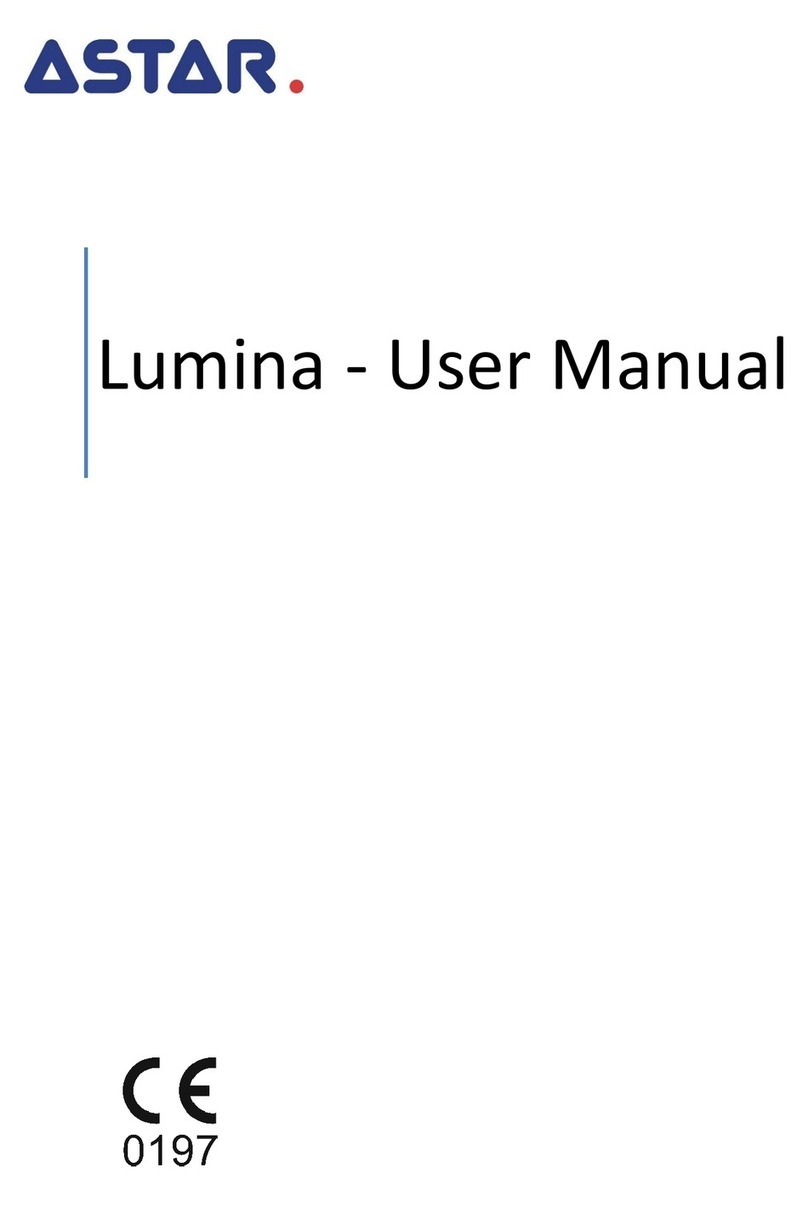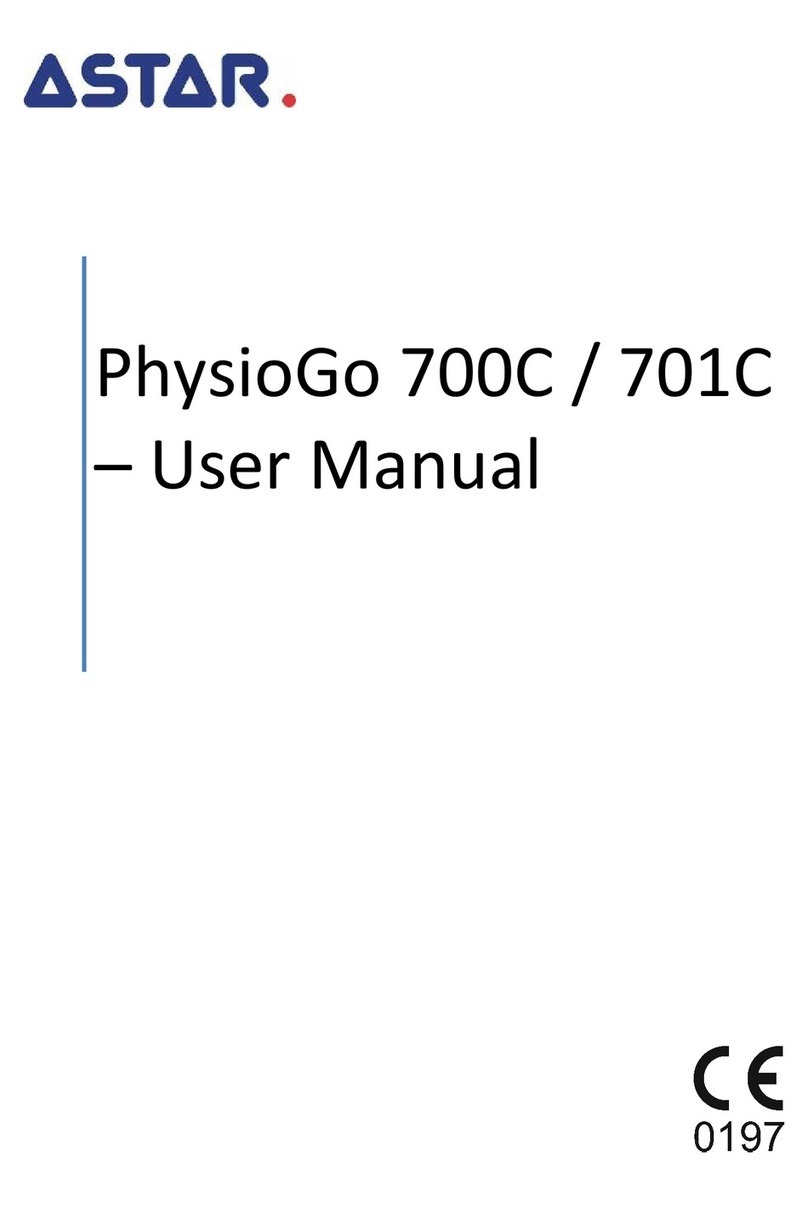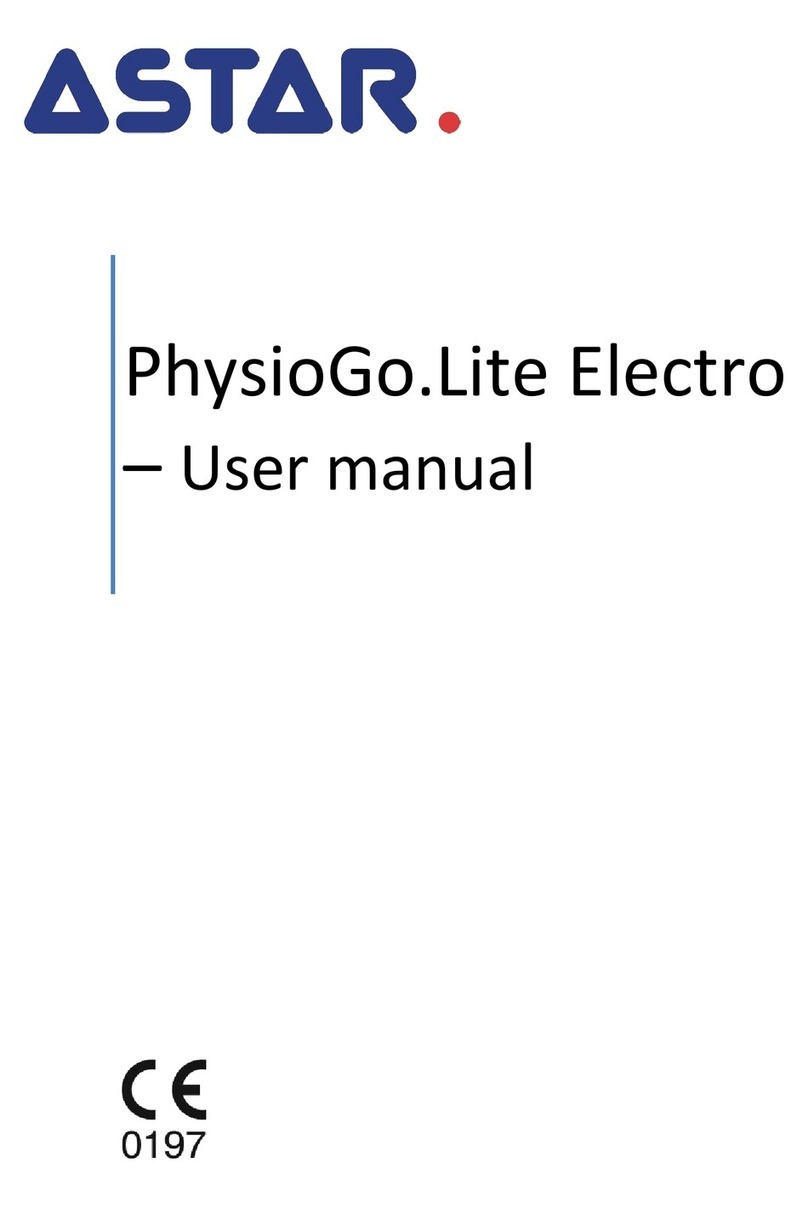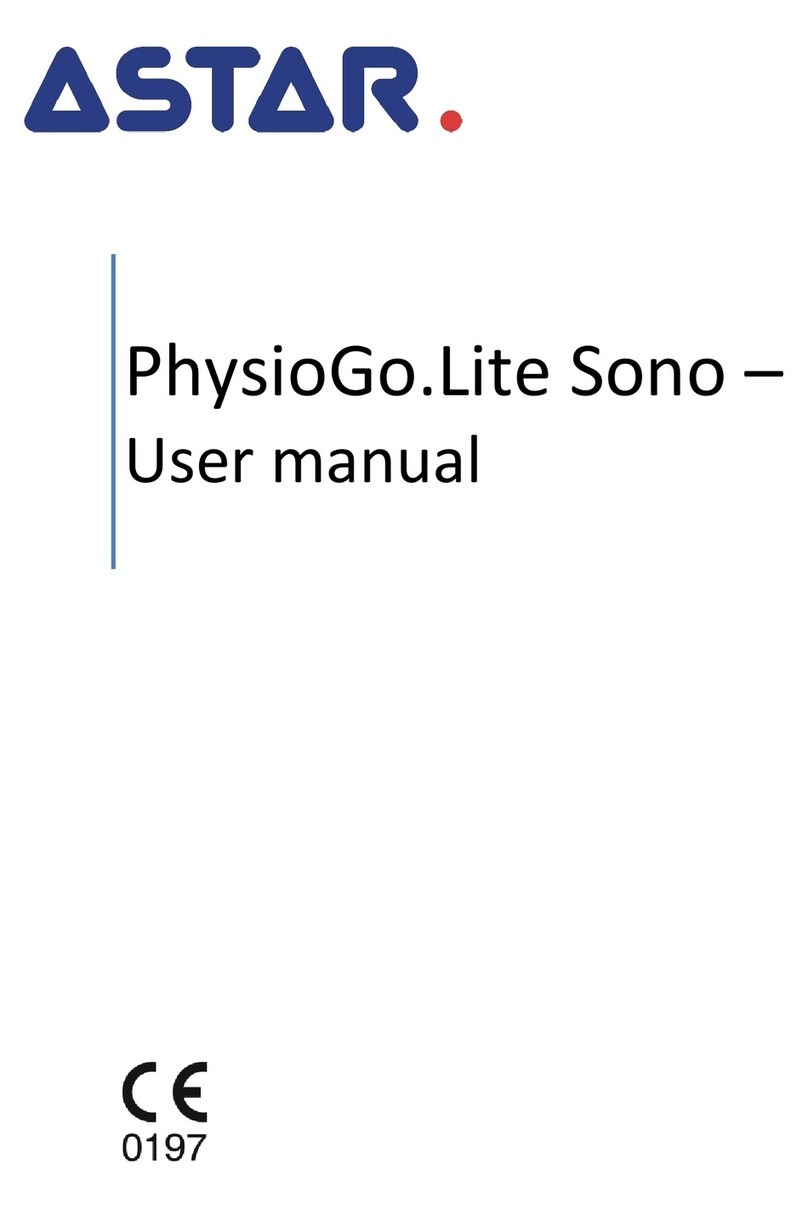
1. Basic information
Page 3 of 40 issue date 24.02.2021, rev. 10.1
Contents
1. INTRODUCTION .......................................................................................................................................................5
1.1 MANUFACTURER ............................................................................................................................................................. 5
2. INTENDED USE .........................................................................................................................................................6
3. DEVICE INSTALLATION AND START-UP .....................................................................................................................8
3.1 UNIT INSTALLATION .......................................................................................................................................................... 8
3.1.1 Mounting of accessory holders ........................................................................................................................ 8
3.1.2 Connection of accessories – General notices.................................................................................................... 8
3.1.3 Connection of patient’s cables and application of electrodes.......................................................................... 8
3.1.4 Ultrasound head connection............................................................................................................................ 9
3.1.5 Connection in combined therapy ..................................................................................................................... 9
3.1.6 Patient’s stop switch connection.................................................................................................................... 10
3.1.7 First operation................................................................................................................................................ 10
3.2 SETUP MODE................................................................................................................................................................. 11
3.2.1 Basic information ........................................................................................................................................... 11
3.2.2 Language ....................................................................................................................................................... 11
3.2.3 Global settings ............................................................................................................................................... 11
3.2.3.1 Date and time...................................................................................................................................... 11
3.2.3.2 Sounds ................................................................................................................................................. 11
3.2.3.3 Volume ................................................................................................................................................ 12
3.2.3.4 Display ................................................................................................................................................. 12
3.2.4 Functional settings......................................................................................................................................... 12
3.2.4.1 Channel operation mode selection ..................................................................................................... 12
3.2.4.2 Program groups / medical fields.......................................................................................................... 12
3.2.4.3 US units ............................................................................................................................................... 13
3.2.4.4 US head sensitivity .............................................................................................................................. 13
3.2.4.5 US head bad contact signaling............................................................................................................. 13
3.2.4.6 Battery – model 301A.......................................................................................................................... 14
3.2.5 Service ............................................................................................................................................................ 14
3.2.5.1 Electrodes test..................................................................................................................................... 14
3.2.5.2 US head calibration ............................................................................................................................. 14
3.2.5.3 Miscellaneous...................................................................................................................................... 14
3.2.6 Statistics......................................................................................................................................................... 14
3.2.6.1 Info ...................................................................................................................................................... 14
3.2.6.2 Unit statistics ....................................................................................................................................... 14
3.2.6.3 Accessories statistics ........................................................................................................................... 14
4. UNIT OPERATION...................................................................................................................................................15
4.1 PATIENT PREPARATION AND TREATMENT PERFORMANCE ......................................................................................................... 15
4.1.1 General information....................................................................................................................................... 15
4.1.2 Electrotherapy................................................................................................................................................ 15
4.1.3 Ultrasound therapy ........................................................................................................................................ 16
4.1.4 Combined therapy.......................................................................................................................................... 17
4.2 SCREEN CONFIGURATION ................................................................................................................................................. 18
4.3 GENERAL CONFIGURATION ............................................................................................................................................... 19
4.3.1 Treatment channel configuration .................................................................................................................. 19
4.3.2 Channel selection tabs ................................................................................................................................... 20
4.3.3 Limitations ..................................................................................................................................................... 21
4.4 DISPLAY DESCRIPTION ..................................................................................................................................................... 21
4.4.1 Electrotherapy................................................................................................................................................ 22
4.4.2 Combined therapy.......................................................................................................................................... 23
4.4.3 Ultrasound therapy ........................................................................................................................................ 24
4.5 OPERATION WITH PRESET TREATMENT PROGRAMS AND SEQUENCES ........................................................................................... 24
4.6 FAVORITE PROGRAMS ..................................................................................................................................................... 27
4.7 MANUAL MODE OPERATION ............................................................................................................................................. 28
4.8 USER PROGRAMS ........................................................................................................................................................... 28
4.9 USER SEQUENCES ........................................................................................................................................................... 29
4.10 I/T CURVE ............................................................................................................................................................... 32
5. INDICATIONS AND CONTRAINDICATIONS...............................................................................................................34
5.1 INDICATIONS ................................................................................................................................................................. 34
